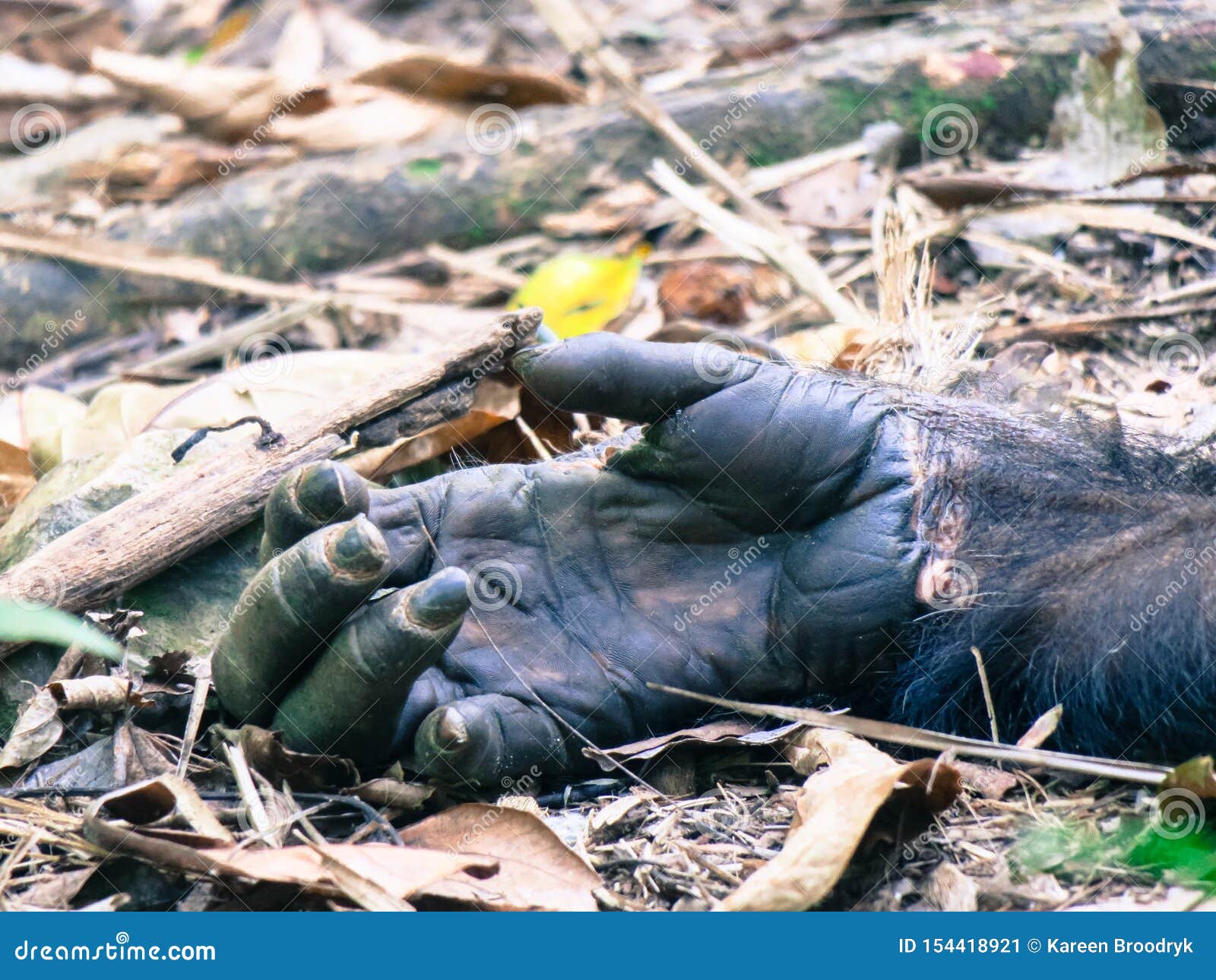

West African chimpanzees, for example, are known to crack nuts using wooden or stone hammers, whereas this behaviour is entirely absent from East Africa despite the presence of the necessary resources and raw materials within East-African chimpanzees’ ranges ( Boesch and Boesch-Achermann, 2000 Matsuzawa et al., 2011). In addition, different communities exhibit different tool-use repertoires ( Goodall, 1986 Whiten et al., 1999 Boesch and Boesch-Achermann, 2000 McGrew, 2004 Matsuzawa et al., 2011 Pruetz et al., 2015) – a phenomenon commonly ascribed to cultural variation. Our study fills gaps in our knowledge of the wild chimpanzee cultural repertoire and highlights how chimpanzee tool manufacture and use can vary even at local scales.Īpart from humans, chimpanzees show the greatest diversity of tool use in the animal kingdom, making and using a variety of complex tools as part of their daily lives ( McGrew, 2004). Our data also suggest the use of tool sets, i.e., tools with different functions used sequentially toward the same goal as well as possible multifunction tools (pounding and dipping), never before described for western chimpanzees. We describe differences in tools used for different honey types, between communities, and tools and tool kits that show an unexpected degree of complexity. In addition to documenting individual tool dimensions and raw materials, we adopt methods from primate archaeology to describe the typology of different tools based on use-wear patterns. Fluid dipping tools were found in three of the four communities here we analyse 204 individual stick tools from the 70 tool-use ateliers found. Over a 23-month period we employed a combination of direct (camera traps, n = 1944 camera trap days) and indirect (1000km of reconnaissance walks, collection of abandoned tools) methods to study four neighbouring communities in central CNP.

We document, for the first time, the use of honey dipping tools in unhabituated chimpanzee ( Pan troglodytes verus) communities at Cantanhez National Park (CNP), Guinea-Bissau. In West Africa, while honey consumption is common, in most cases tools are not used.

Nonetheless, there seems to be marked variation in honey dipping at a species level, with most descriptions originating from central Africa, and involving the use of complex tool sets, or even multifunctional tools. Honey dipping – the use of sticks or leaves to extract honey from hives – has been identified across the whole species’ range. Wild chimpanzee tool use is highly diverse and, in many cases, exhibits cultural variation: tool-use behaviours and techniques differ between communities and are passed down generations through social learning.


 0 kommentar(er)
0 kommentar(er)
